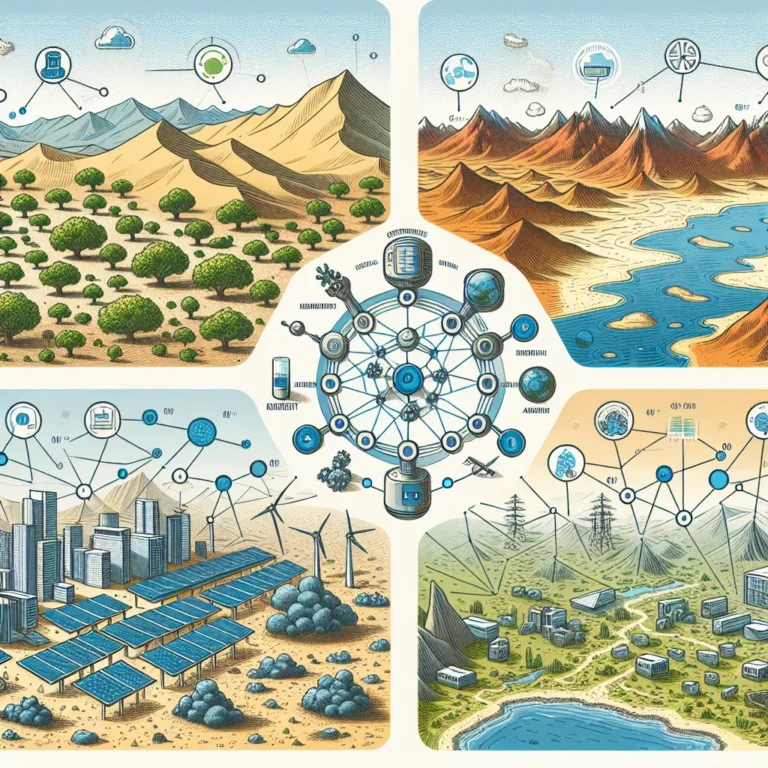
The article introduces the concept of unobtrusive observation, highlighting its significance in covert research as a means to gather data without impacting the natural behavior of subjects. It emphasizes the benefits of this approach in accessing authentic information, particularly in sensitive topics, while allowing for longitudinal studies and examination of naturally occurring phenomena. Furthermore, it explores various types of unobtrusive research methods, such as content analysis, archival research, and non-reactive research, detailing how they enable data collection without direct interference. In addition, it delves into the ethical considerations inherent in covert research, emphasizing the importance of respecting participants' rights and well-being. This comprehensive overview outlines the ethical and effective conduct of unobtrusive observation, making it essential reading for researchers across disciplines.

The article explores the rise of facial recognition technology in surveillance, highlighting its impact on security, efficiency, and potential applications in law enforcement and commercial settings. It emphasizes the ethical implications and concerns surrounding privacy rights, data protection, and the need for stringent regulations to safeguard against abuse and discrimination. Furthermore, it discusses the delicate balance between security imperatives and the protection of individual privacy in the deployment of advanced surveillance methods. The comprehensive examination of the topic serves as a compelling invitation for readers to delve into the ethical implications of facial recognition technology and its broader societal implications, urging them to consider the multifaceted aspects of this evolving technology.

The article "Navigating the Ethical Quagmire: Balancing Privacy and Surveillance" addresses the ethical implications and delicate balance between privacy rights and surveillance technologies in the modern era. It highlights the necessity of robust ethical frameworks and oversight mechanisms to navigate the trade-offs involved in monitoring individuals for the greater good while respecting their right to privacy. By examining the necessity, proportionality, and legitimacy of surveillance measures and promoting transparency, public awareness, and meaningful consent, the article suggests that it is possible to strike a delicate balance and ensure that surveillance practices align with ethical principles. The content discusses the tensions between public safety and individual privacy, ultimately encouraging readers to consider the complex ethical landscape and the importance of upholding privacy rights while acknowledging the significance of surveillance in today's society.

The article "Maximizing Measurement Precision with Strategic Sensor Placement" emphasizes the significance of strategically situating sensors to optimize measurement precision in engineering and scientific applications. It highlights the importance of considering environmental characteristics and system dynamics to identify informative sensor locations. Furthermore, it discusses the use of advanced algorithms, modeling techniques, and smart sensor placement strategies to continuously optimize measurement processes and enhance accuracy. Similarly, the article "Enhancing Accuracy through Intelligent Sensor Positioning" underscores the pivotal role of smart sensor placement strategies in optimizing data collection. It emphasizes leveraging advanced algorithms, predictive modeling, and machine learning to ensure precise data acquisition and dynamic refinement of sensor positioning. Both articles provide comprehensive insights into the multifaceted task of maximizing measurement precision and enhancing accuracy through intelligent sensor placement, making them essential reads for engineers and scientists seeking to improve the effectiveness of sensor networks.

The integration of artificial intelligence (AI) has revolutionized surveillance technologies, enabling enhanced threat detection capabilities through sophisticated analysis of large data volumes in real-time and the development of advanced facial recognition and behavior analysis systems. However, concerns about the ethical implications of AI-driven surveillance on civil liberties and privacy rights have been raised, necessitating robust regulatory frameworks for responsible and ethical use. Similarly, the implementation of biometric surveillance systems has raised significant ethical considerations regarding privacy, consent, and potential misuse of personal data, as well as debates about government or corporate control over individuals' movements and the necessity of informed consent. While these technologies offer undeniable benefits in enhancing security and efficiency, addressing the ethical considerations is crucial to ensure the respect of individual rights and uphold fundamental ethical principles.





